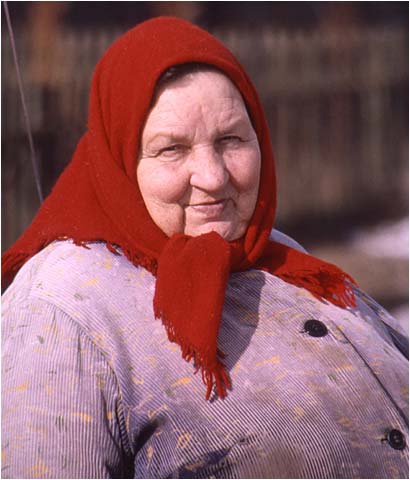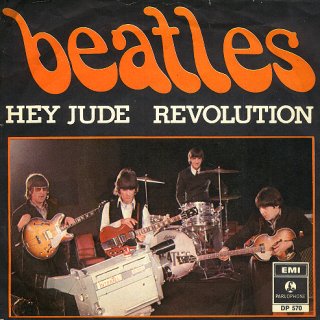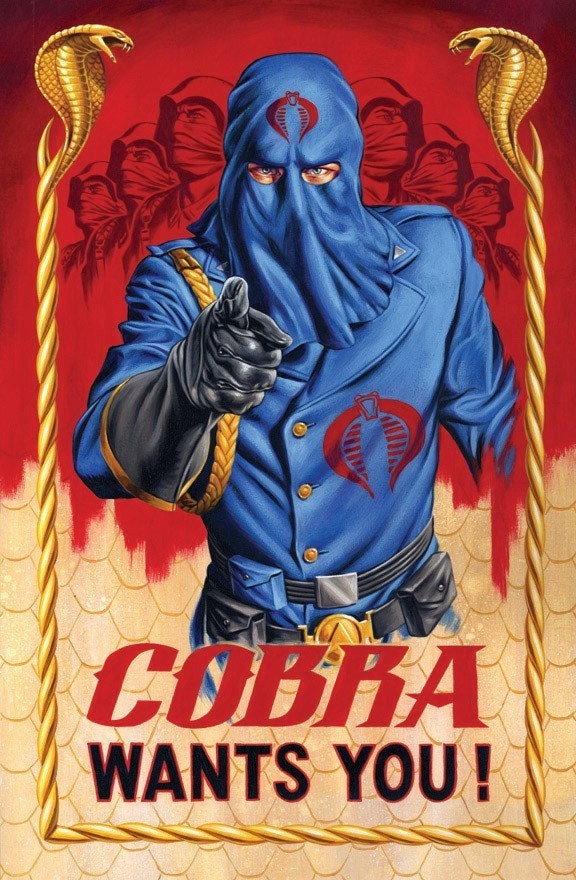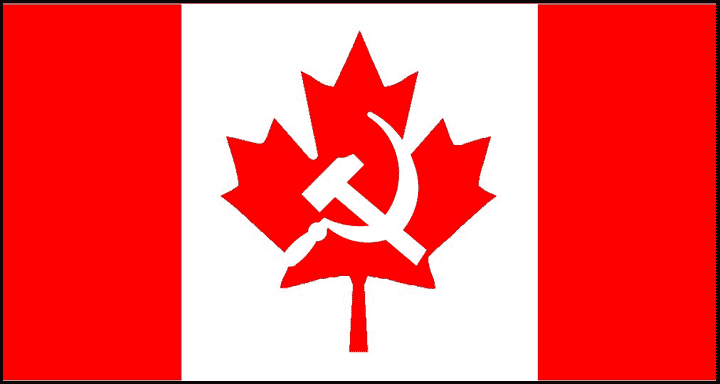What springs immediately to mind when we think of Russia?
Yes, naturally, the Russia Longitudinal Monitoring study. But think outside the (Red) square, my friends, for although Russia and longitudinal monitoring go together like a pink marshmallow and a white marshmallow in a packet of mixed pink and white marshmallows, there is so much more to Russia than monitoring longitudinally.
| "Day 72: longitudes still appear to be staying more or less where they are." |
Much like Antarctica is cold, Russia is large. How large, you ask? Well let's just say that Russia so large, I took a picture of it last Christmas and it's still printing. Russia so large that when Russia goes to the movies, Russia sits next to everybody. Russia so large you gotta take the Trans-Siberian railway just to get on its good side.
No, seriously, Russia really is large. It's so large that even after the U.S.S.R , which of course used to be the Largest Country In The World title holder, split into no fewer than 614 separate new countries, Russia was still the largest country in the world. And this even when one of the other former U.S.S.R countries was Canada!
So Russia is really very large indeed. By land / surface area, it's about 64 New Zealands, or 736 Dijiboutis, or 0.000002796 the Suns (don't be fooled though - that last one is still big). In fact, if you had 1 one-millionth of a U.S cent for every square kilometre of Russia, you could still afford to buy this sweet Craftsman 1/2 in. Impact Wrench - including shipping. That's how big Russia is.
"But Ben, what is IN all that Russia?" I hear you ask, because the voices are becoming more insistent these days, and the answer is mostly: the steppe.
What with the 17 million square kilometers of steppes to deal with, it's hardly surprising that of all countries in the world, Russia has the populace with by far the strongest average level of calf muscle strength. But that's not the only strength of the Russian people. Indeed, in what was a somewhat controversial result in the competition, they were recently declared 2011 world champions of Formerly Being Communist for a record 21st consecutive year.
 | |
| Maybe next year, Albania. |
 | |
| Pictured: Tsarina's new EXL520 with Slant Shank and Double Overhead Cam. |
 |
| Miss Vladivostok, 1916. |
 |
| This Russian WWI propaganda poster demonstrates the officially-sanctioned technique for biffing sticks at the enemy. |
It is perhaps unsurprising then that the Russian people were generally somewhat fed up with this state of affairs, especially when advanced word indicated that the gift bag at the GQ awards show afterparty was likely to be pretty lacklustre. Determined to do something about things, they all began running in circles. This doesn't sound like such an effective tactic, but because there were some many of them (some 600 trillion, in fact) running in concert, they managed to rotate the entire country a full 360 degrees. This unexpected tectonic event come to be known as the Russian Revolution, and the upheaval that was experienced while the movement was completed naturally goes some way to explaining Russia's heavy national emphasis on longitudinal monitoring ever since.
In one swift move the Russians had removed the tsar system. Pausing only to send the existing tsar and his immediate family away to live on a big sunny farm where there was always lots to eat and heaps of other tsars to play with, they cast about for a replacement system of government, settling on parliamentary democracy. For about 5 minutes. For more than a few Russians decided that one swift move had been entirely too speedy as far as they were concerned, and furthermore at least one move short.
Finding this state of affairs to be generally non-satisfactory, they decided to follow the first revolution with another one approximately 37 seconds afterwards, dooming all high school history students of the future to get all confused about the February Revolution, the October Revolution, the Shrove Tuesday Revolution and the 9:15am Revolution (From Paddington to King's Cross), among others.
 | |
| The Hey Jude Revolution was probably the bloodiest of them all. |
After a time, or a few times anyway, the Russians stopped having revolutions, simply because everyone was getting too dizzy to stand up. Once they had taken a couple of sort of drunken-looking steps, fallen over, lain there for a while feeling a bit sick, and then staggered up and got their bearings, they found that whoops, they'd had a famine in the midst of all that revolutionising that had killed five million people. But that was all behind them now! Everything was finally fine. With all of their issues as a country finally sorted out once and for all, they settled down for a peaceful and uneventful next 100 years.
As far as the Bolsheviks were concerned, they hadn't done all of this war-as-a-reaction-in-part-to-war just to sit around and do nothing, so they sprang into action with a fresh war (against Poland). Then they decided that "Russia" just didn't look sufficiently impressive on the country's official stationery, and so banded together with the Transcaucasian Socialist Federative Soviet Republic, the Ukrainian Soviet Socialist Republic, and the Byelorussian Soviet Socialist Republic to form the Collected Russian, Ukrainian, Transcaucasian and Byleorussian Soviet Federative Socialist Republics Ltd. All Rights Reserved.
Sadly, this name took up so much space on the stationery - even as an acronym - that there was no room to write a letter, so they picked a selection of initial letters and shortened the whole thing to U.S.S.R. In Russian of course, this formed a different acronym - C.C.C.P - and in the Transcaucasian language (Transcaucasianese) it formed a different one again - C.O.B.R.A.
 | ||
| Transcaucasianese propaganda posters of the time typically targeted English-speakers with a love of anonymity. |
The ruling Bolsheviks were under the leadership of one Chad Lenin, a mysterious figure about whom history tells us almost nothing, apart from the fact that he liked children and cats. Generally speaking though, Lenin and the Bolsheviks (opening tonight for the Foo Fighters) were all about peace and love, proper animal husbandry, and overall improvement of the quality of awards show gift bags. Oh, and communism - also communism. They got to work nationalising things (business, industry, steppes) and in the meantime Lenin appointed a young up-and-comer named Stalin as the General Secretary of the Communist Party of the Soviet Union, which once again looked pretty flash on business cards.
 | ||||
| He totally filled up all those available "Other" slots too with stuff like "Head of Workers' and Peasants' Inspectorate". |




2 comments:
Enjoyed!
Superior literary quality.
Post a Comment